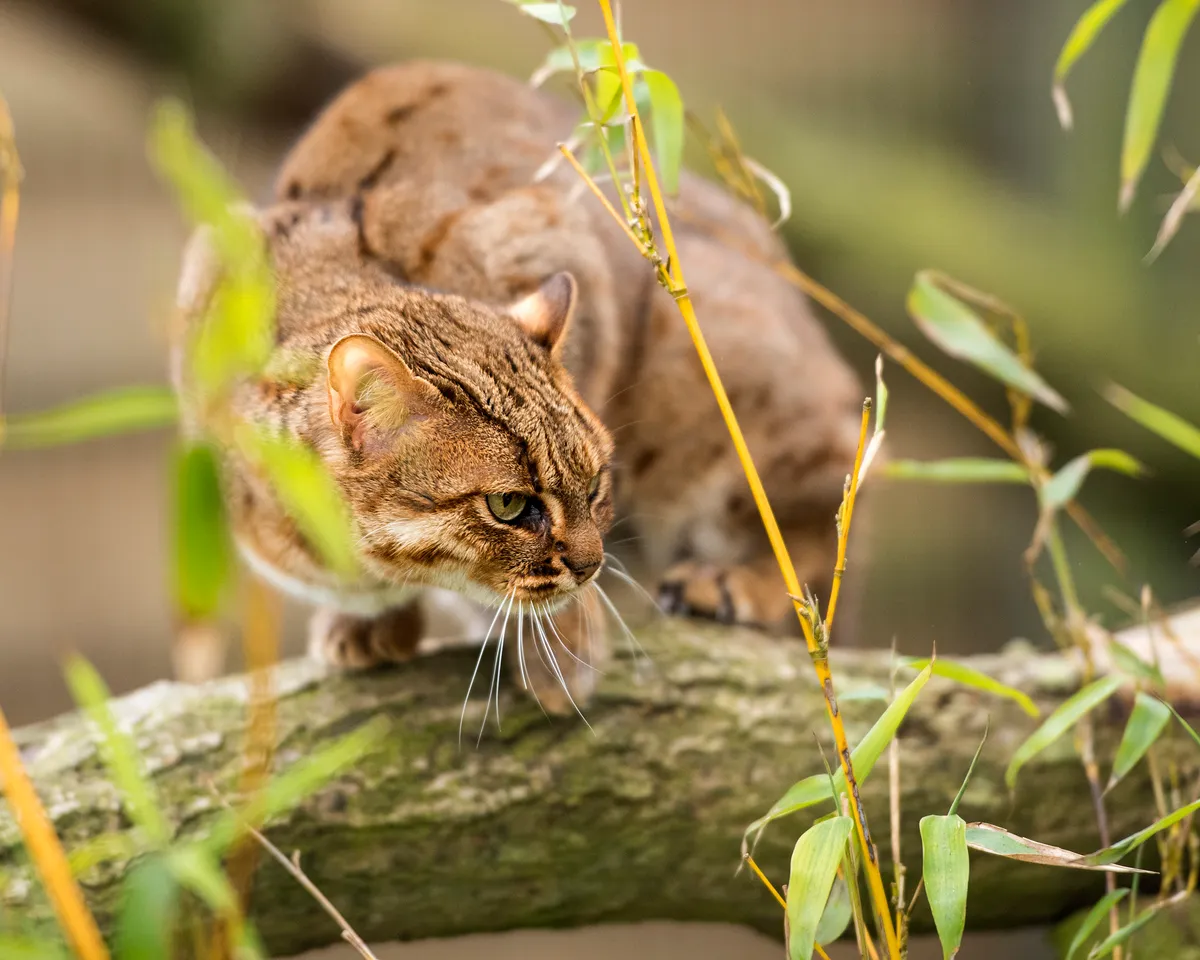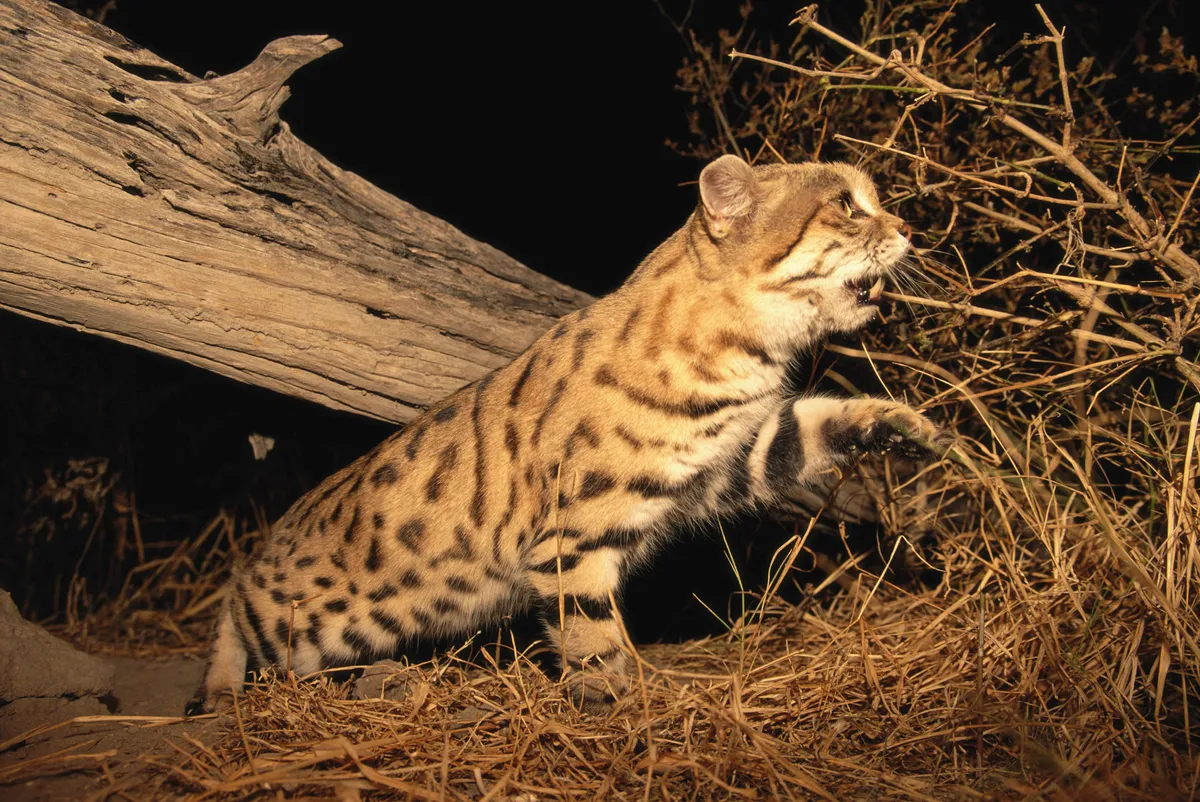Did you hear about the hummingbird that has a beak longer than its body? Or the koala that can spend up 22 hours of the day asleep? We’ve rounded up some of our favourite record-breaking species below:
Record breaking animals
What’s the world’s smallest cat?
The rusty-spotted cat (Prionailurus rubiginosus) and black-footed cat (Felis nigripes) are battling for first place in the world’s smallest cat category. Each is the smallest species on its continent – the rusty-spotted cat in Asia, and the black-footed cat in Africa.
Both species are thought to be mainly nocturnal, feeding mainly on vertebrates such as small mammals and birds.
What’s the world’s largest snake?
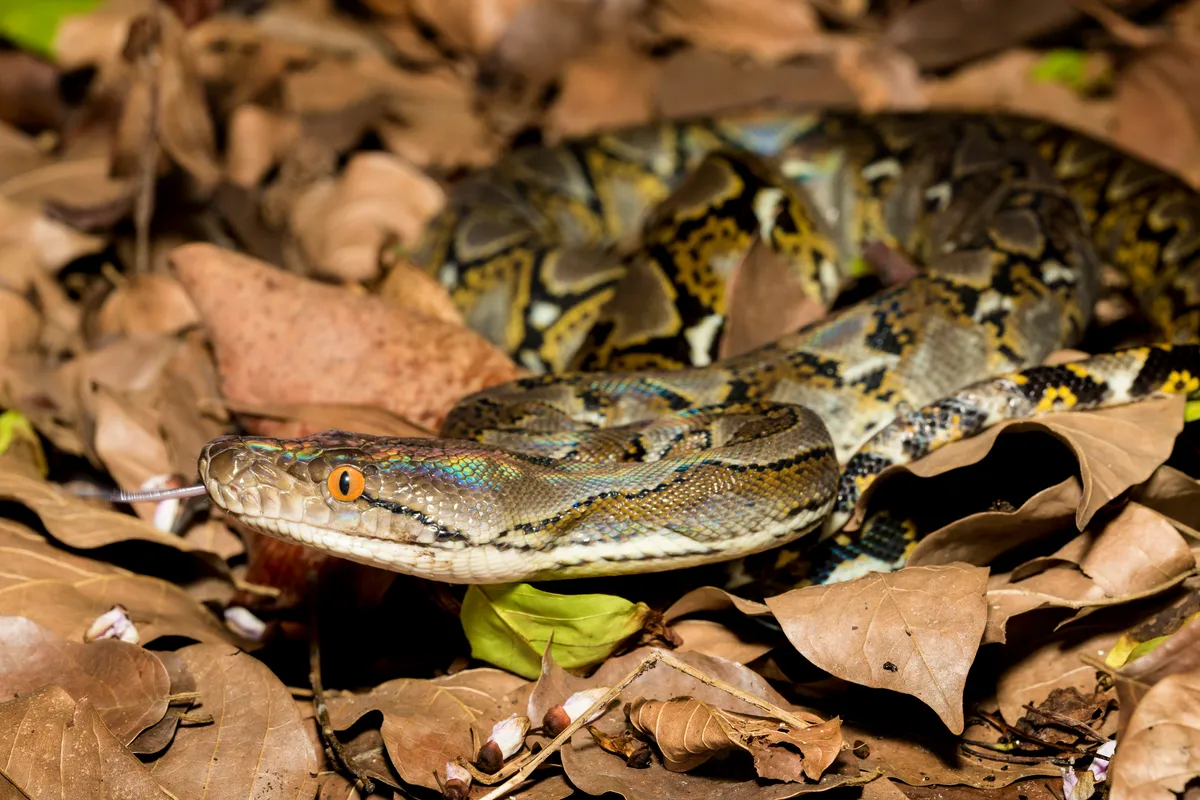
This accolade is awarded to the reticulated python, a non-venomous snake species which can be found in south and southeast Asia. The longest ever recorded was found in 1912 and measured 10 metres, and the longest in captivity was a female in the USA that measured 7.67 metres.
As the world’s longest snake, the reticulated python has a varied diet of mammals and birds. Unfortunately, there have been instances of humans being caught and eaten.
What's the world's strongest bird?
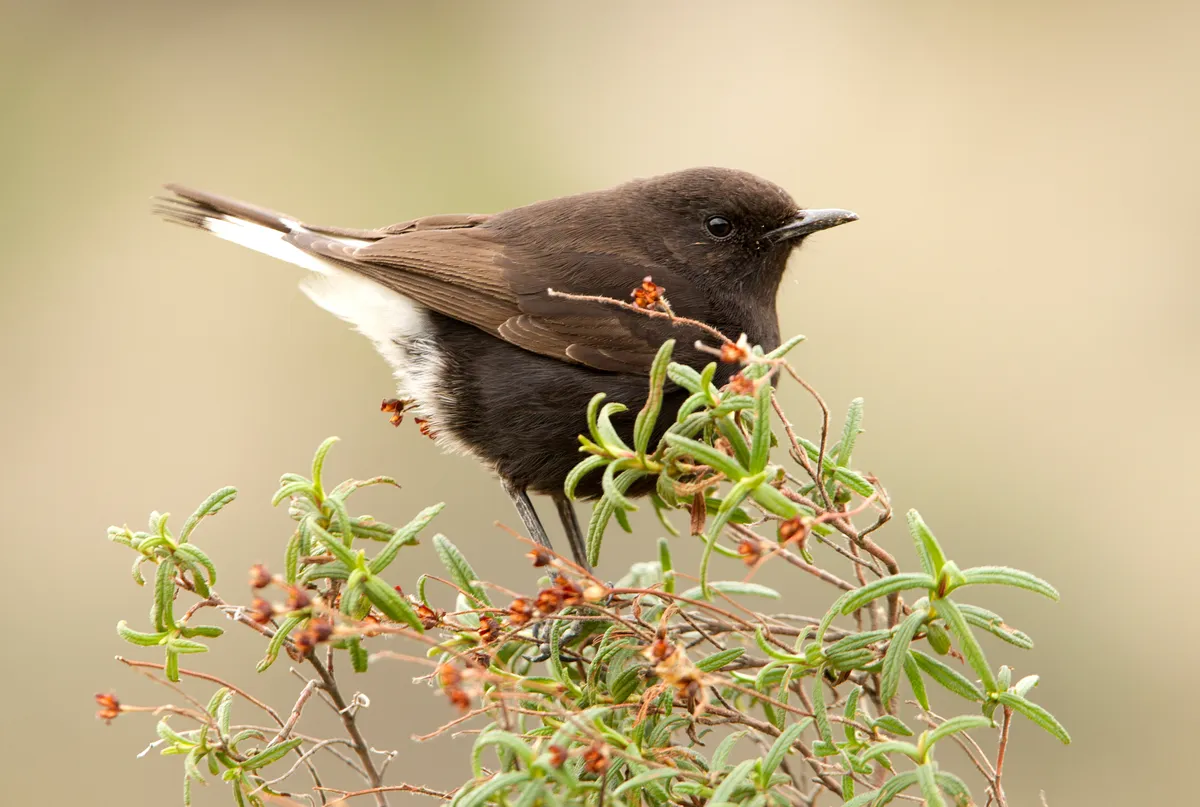
You would be forgiven for thinking that this accolade would go to some mighty member of the eagle family or to the ostrich, the world’s largest living bird. But, unbelievably, pound for pound, the crown for the strongest bird goes to the black wheatear.
Where was the world’s first botanic garden?
The Orto botanico di Pisa was established in 1544 by the University of Pisa, making it the first botanic garden anywhere in the world. However, it was expanded and moved in 1563. The oldest to remain in tact and in place is the Orto botanico di Padova, set up a year later in the Venetian Republic town of Padova, now part of Italy.
What is the world’s largest frog?
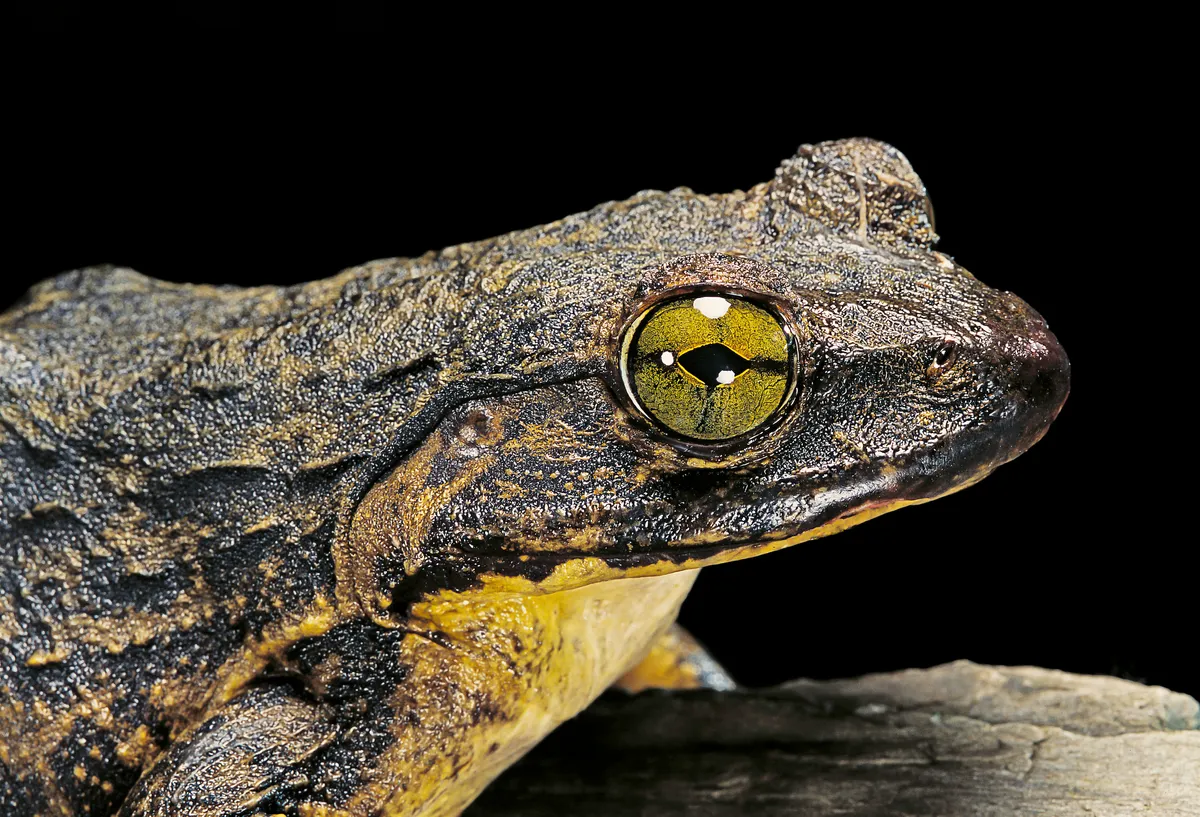
The world’s largest frogspecies is - rather aptly named – the goliath frog (also known as the giant slippery frog and goliath bullfrog) from Equatorial Guinea and Cameroon. Find out its actual size and weight....
What is the oldest known wild bird?
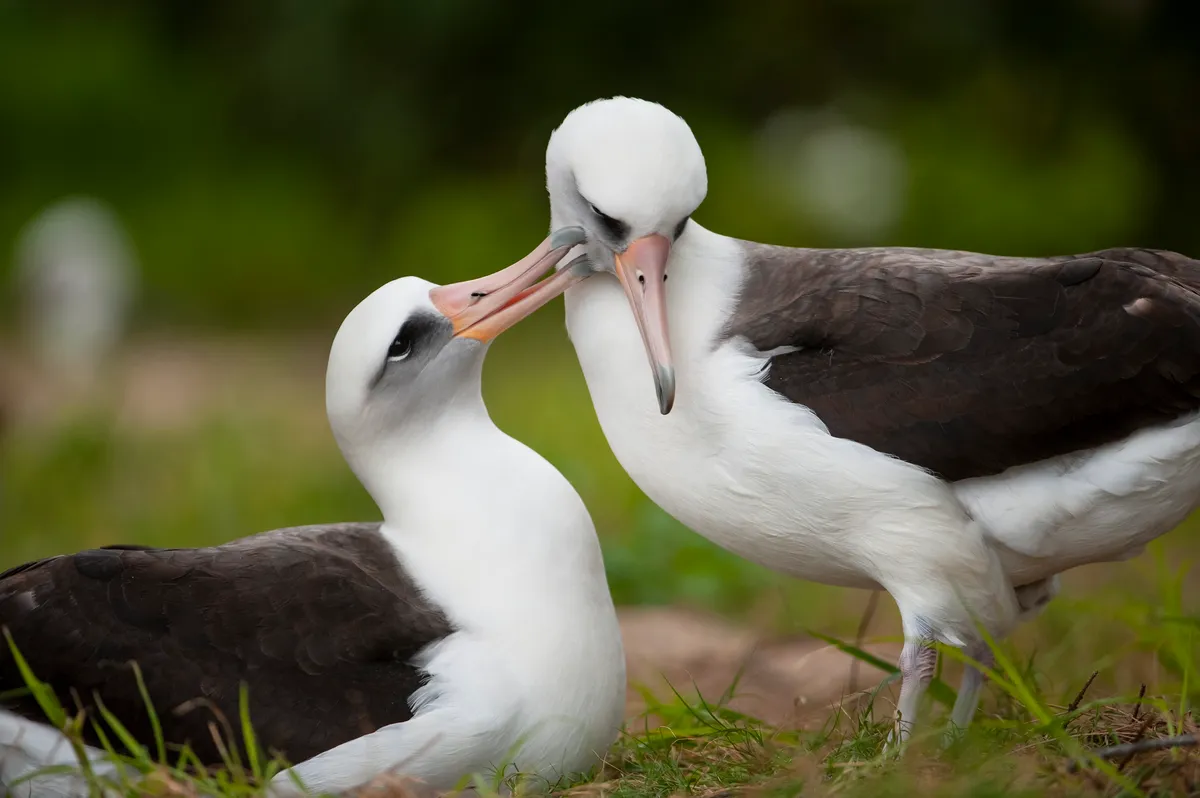
This is widely thought to be the rather remarkable Laysan albatross known as Wisdom, who lives on the Midway Atoll in the North Pacific Ocean. She was first tagged in 1956, and is thought to have turned 70 in 2021 (she could be even older). Albatrosses lay just one egg per successful mating season; Wisdom is thought to have laid as many as 36 in her lifetime.
What is the furthest flying British bat?
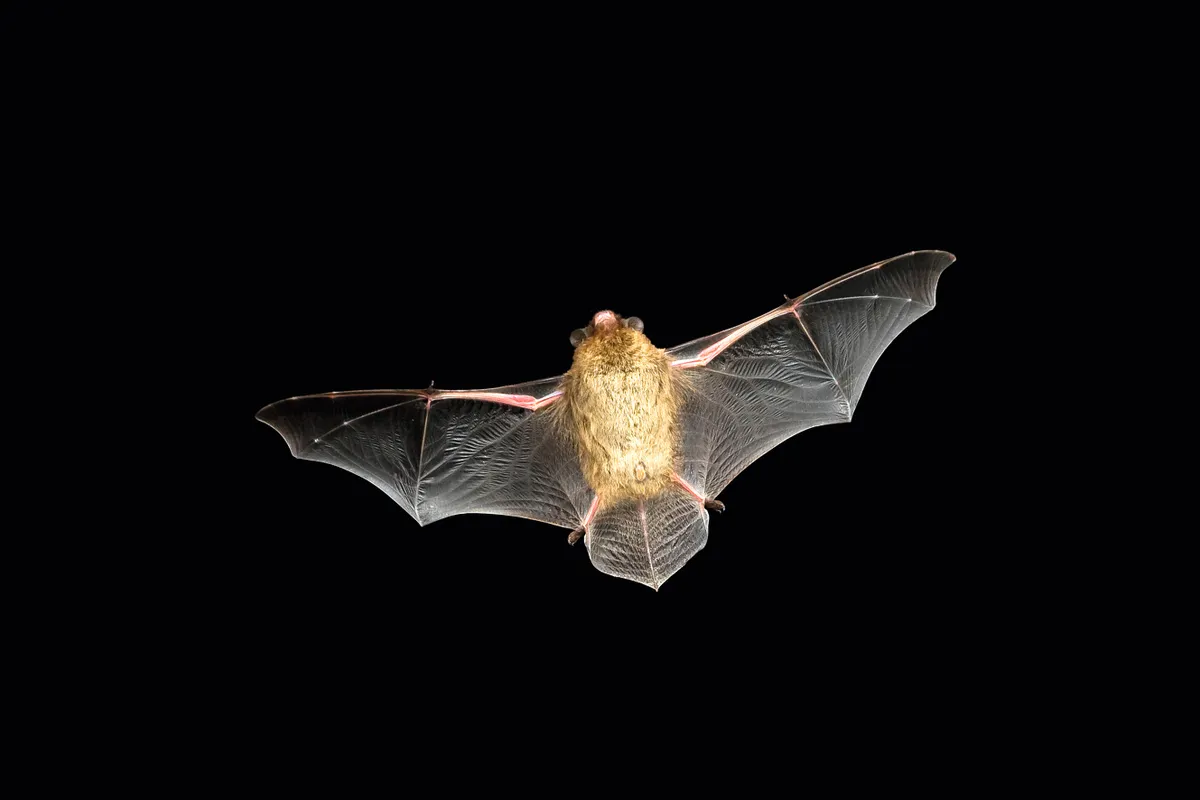
This accolade goes to a female Nathusius’ pipistrelle, which recently flew a whopping 2,018km from London to the Russian village of Molgino, setting a new British record. It’s one of the longest known bat travels globally, and the furthest known from Britain across Europe. The pip weighed just 8g, and despite her Herculean effort, fell prey to a cat.
Which animal sleeps the most?
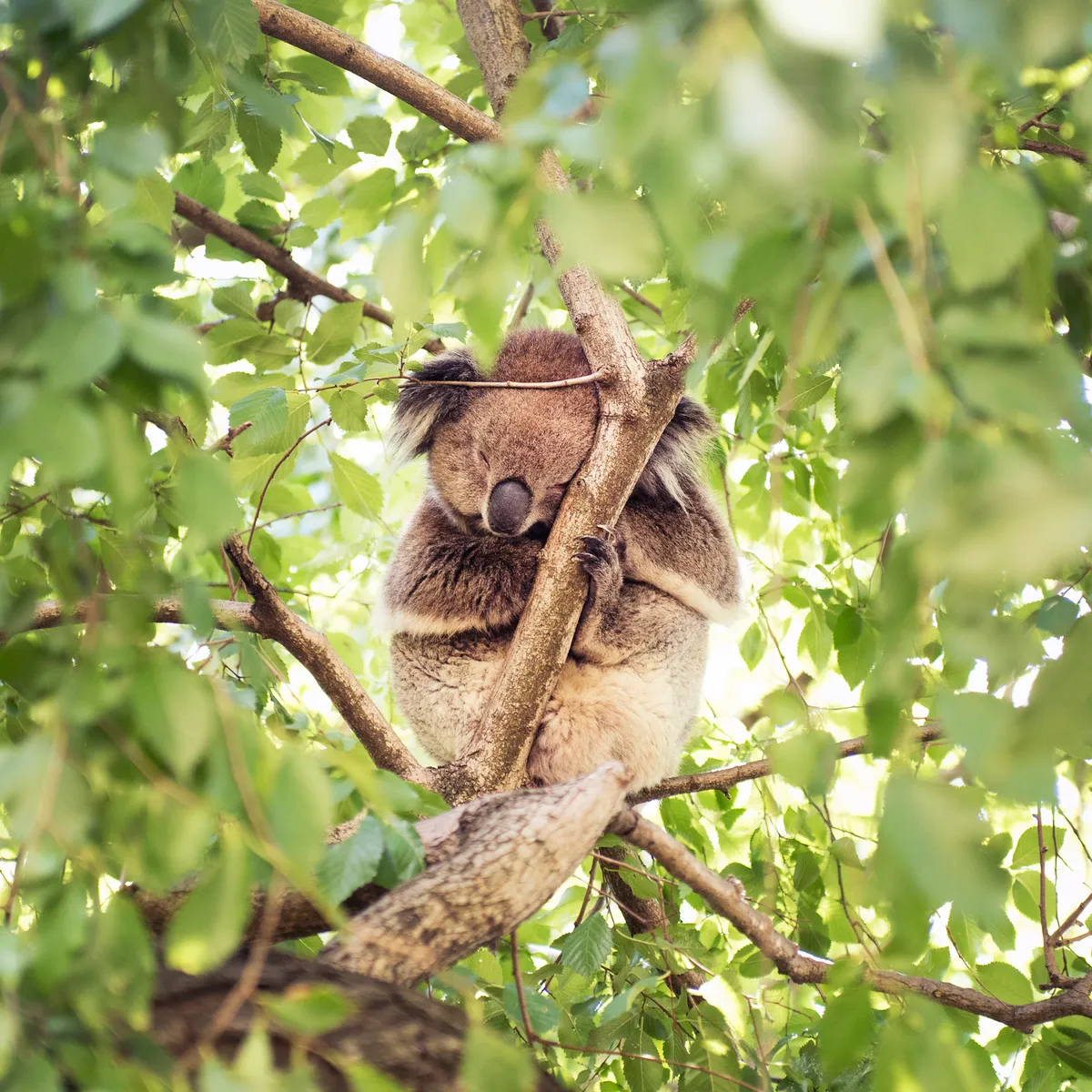
The koala. This Australian marsupial famously eats a balanced diet of eucalyptus leaves, eucalyptus leaves and more eucalyptus leaves. As the plant is low in nutrition and high in toxins and fibrous matter, it takes a lot of energy to digest. So, koalas spend most of the day – 18-22 hours – in the land of nod. Eat, sleep, repeat. Sloths are also notoriously sleepy, typically sleeping 20 hours a day – and like the koala, they feed on tree leaves (albeit, a more varied leaf diet than the koala) with very little calories.
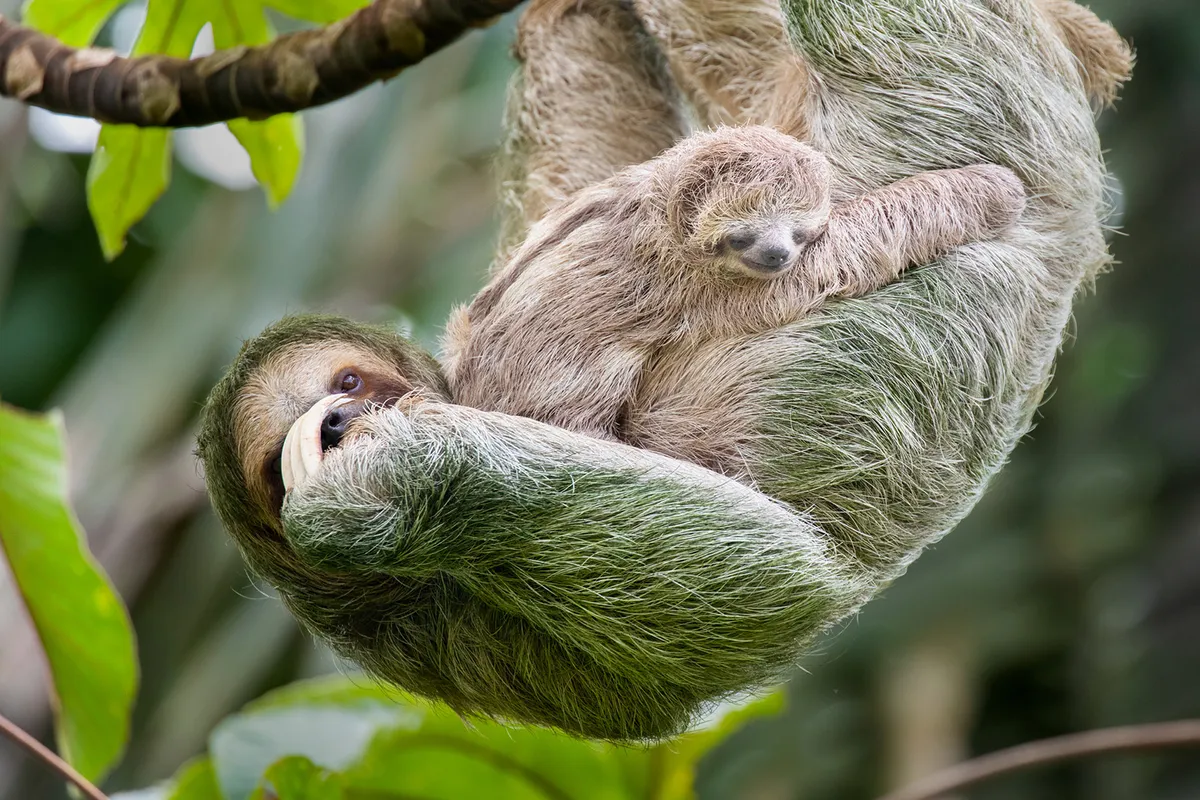
What is the hairiest animal?

Hero of the hirsute is the sea otter, whose luxurious fur, according to a 2010 study, comprises a phenomenal 100- 160,000 hairs per square centimetre (an adult probably sports more than a billion hairs in total). Sea otters lack insulating blubber, so dense water-repellent fur is an important asset in the chilly waters of the North Pacific.
Which mammal has the most names?

That’ll be the puma, said to have more than 40 English names. You’ve probably heard it referred to as the mountain lion, cougar and panther; less familiar are its monikers of catamount, painter and mountain screamer. This repertoire of titles is likely a reflection of the puma’s vast distribution – it’s found from northern Canada to southern Chile.
Which bird has the largest beak?

Relative to body size, it’s the toco toucan, whose gaudy beak accounts for up to a third of its body surface area. When it comes to the longest beak relative to body size, though, that honour goes to the sword-billed hummingbird. This bird’s beak, which can reach lengths of about 12cm, is longer than its body, allowing it to access nectar from the longest, thinnest blooms that other hummingbird beaks can’t reach.
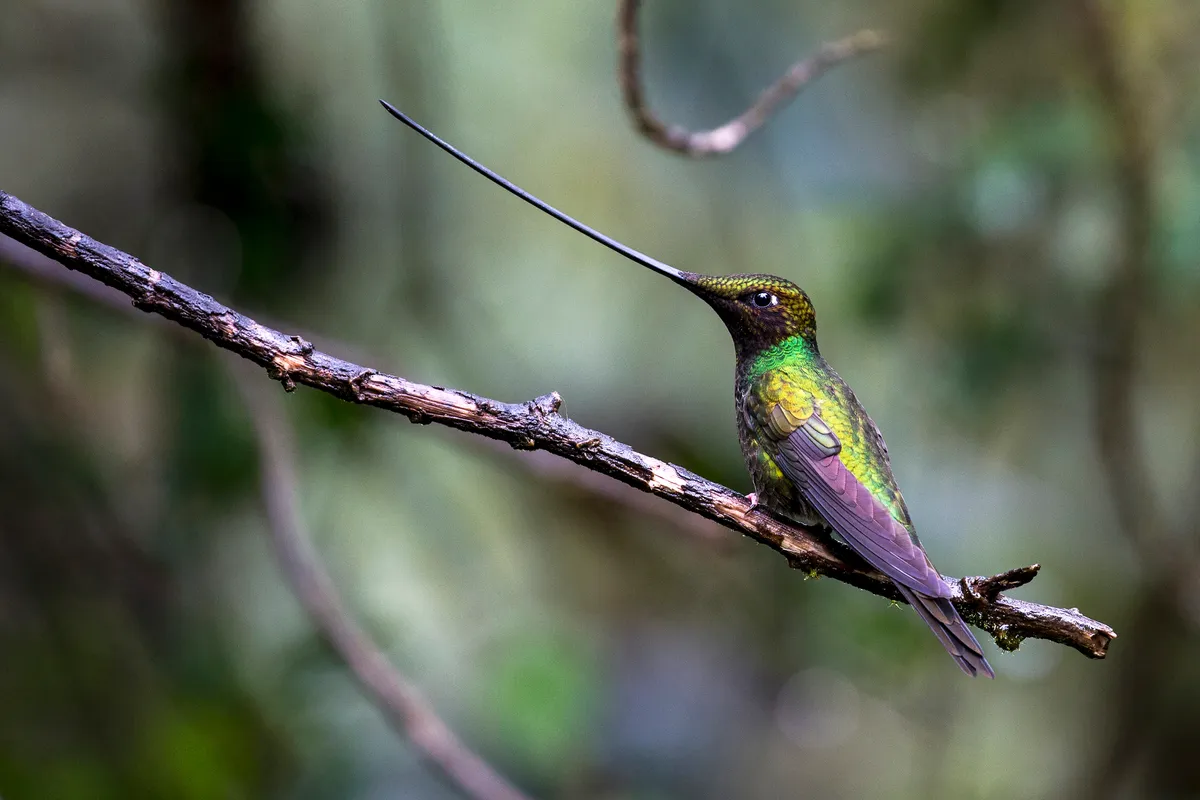
What is the fastest shark?
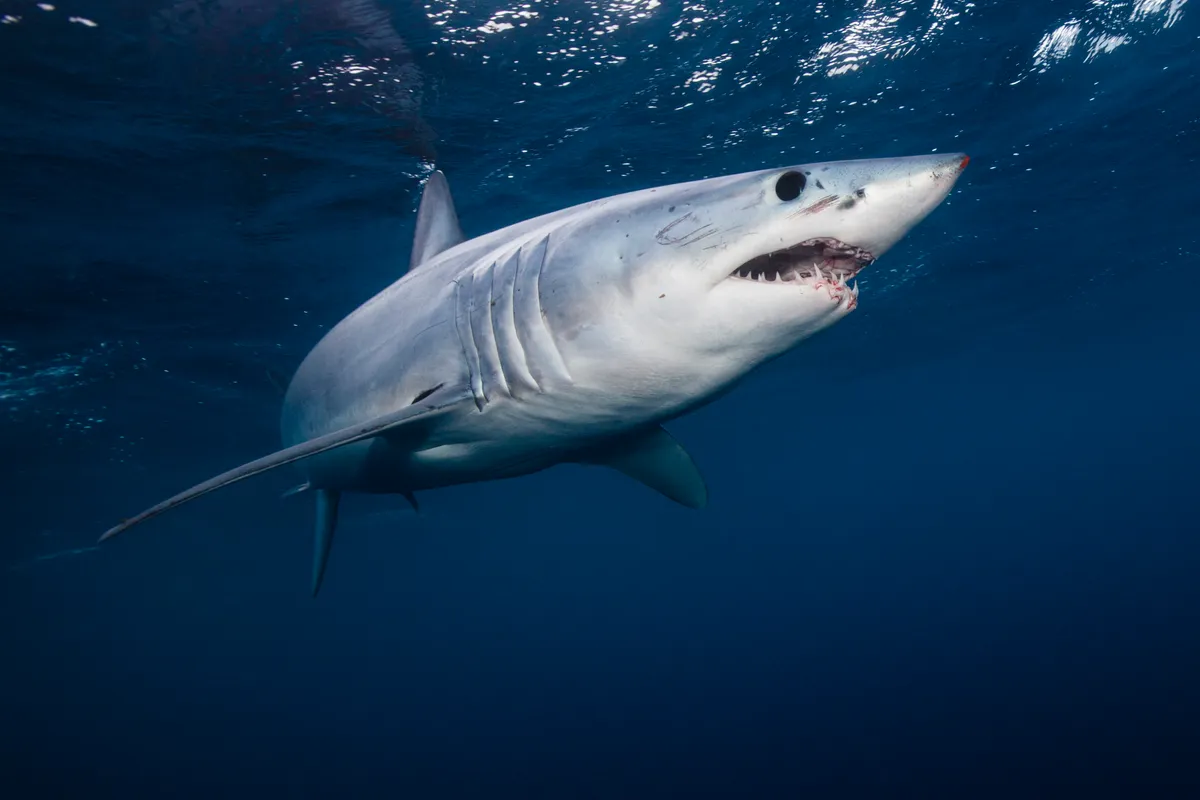
That would be the shortfin mako, capable of reaching speeds of more than 70km per hour. Known as the peregrine of the sea, its predilection for swift swimming is a result of its torpedo-shaped body and powerful tail, which propels it through the water. Its skin is also covered in scales, known as denticles, that reduce drag. Adults have no known natural predators, which is just as well, as they’d outswim them anyway.
What’s the world’s largest owl?
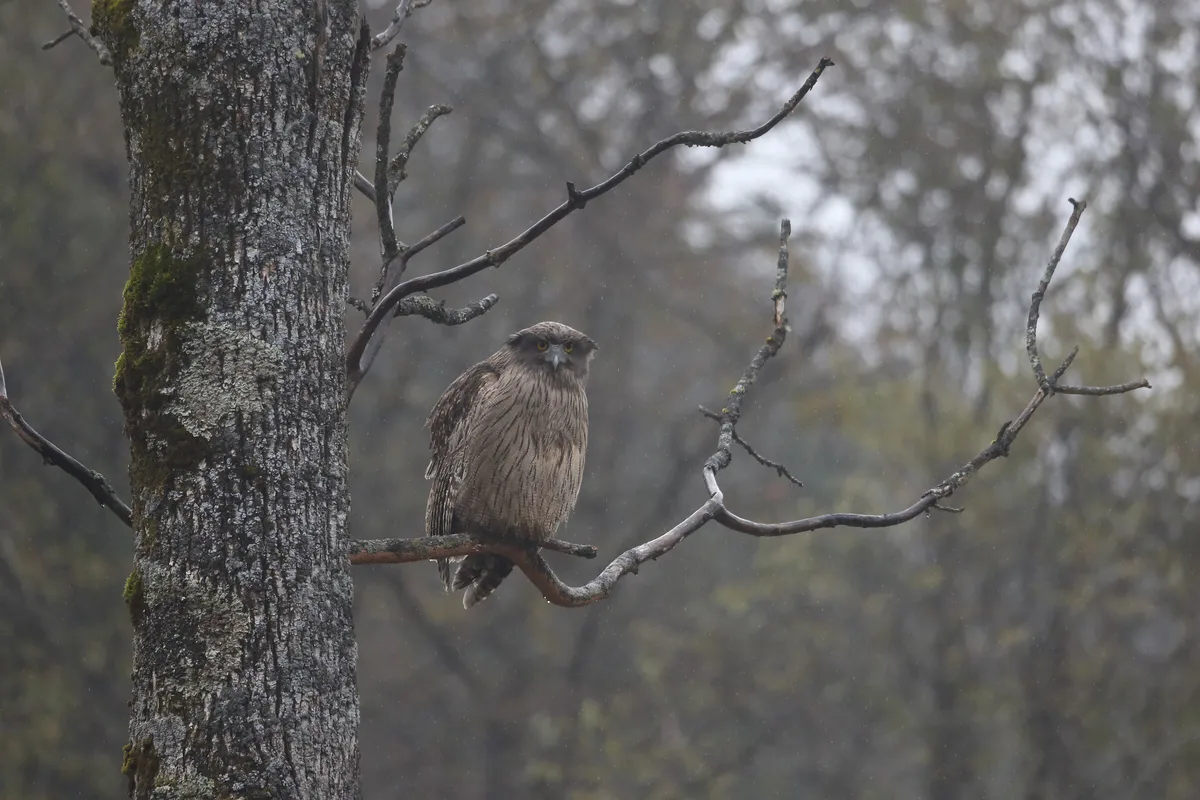
That title belongs to the Blakiston’s fish owl. Fully grown males weigh about 3.5kg, while the slightly bigger females can reach 4.6kg. More impressive, however, are the owl’s wingspan, which can be up to 200cm. It’s found in China, Japan and north-eastern Asia, and, as its name suggests, preys on river-dwelling fish. At the other end of the scale is the elf owl, which is about the size of a tin of beans.
What is the largest terrestrial mustelid?
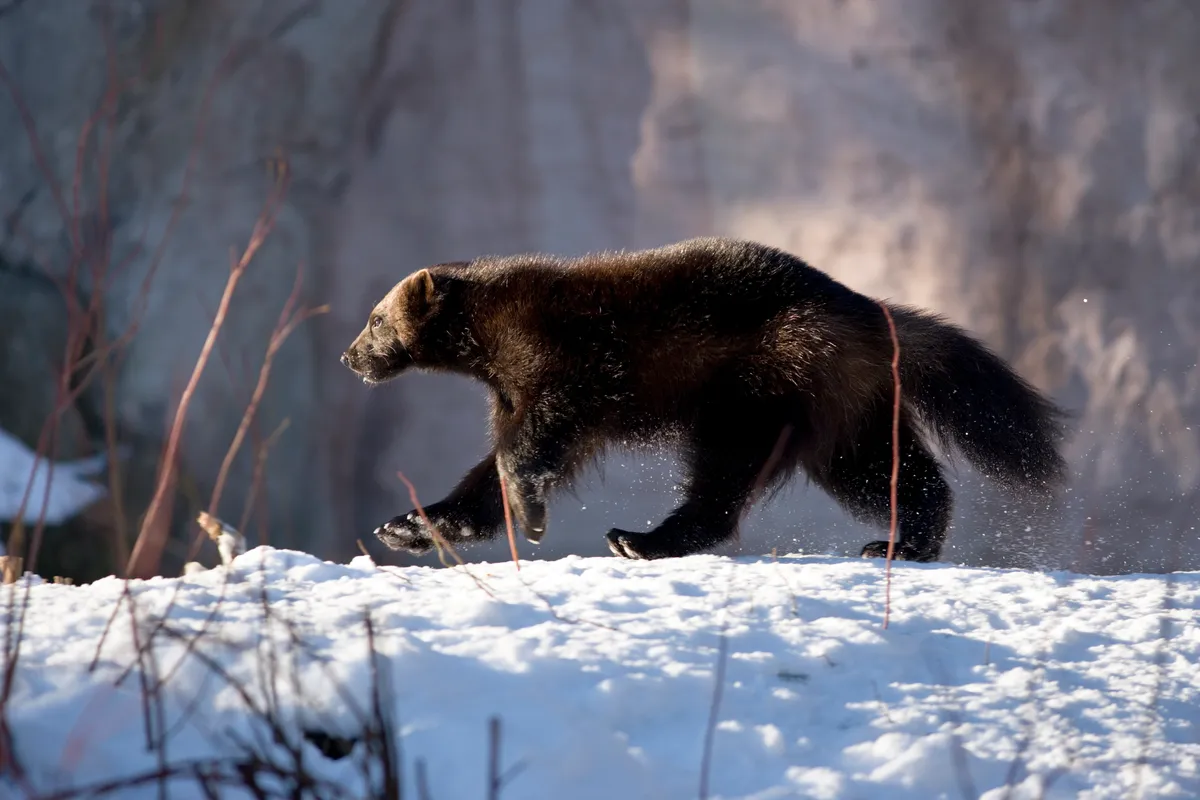
This title goes to the strong and solitary wolverine, found in the north of the USA, Canada and Europe, which can grow to more than a metre in length. The wolverine is an omnivore and a scavenger, feeding on anything from birds’ eggs to berries to rodents. They have even been known to take down deer! Catchy monikers include skunk bear and glutton.
The wolverine's scientific name, Gulo gulo, is an example of a tautonym, where the genus and species name are the same.
What is the world’s loudest animal?
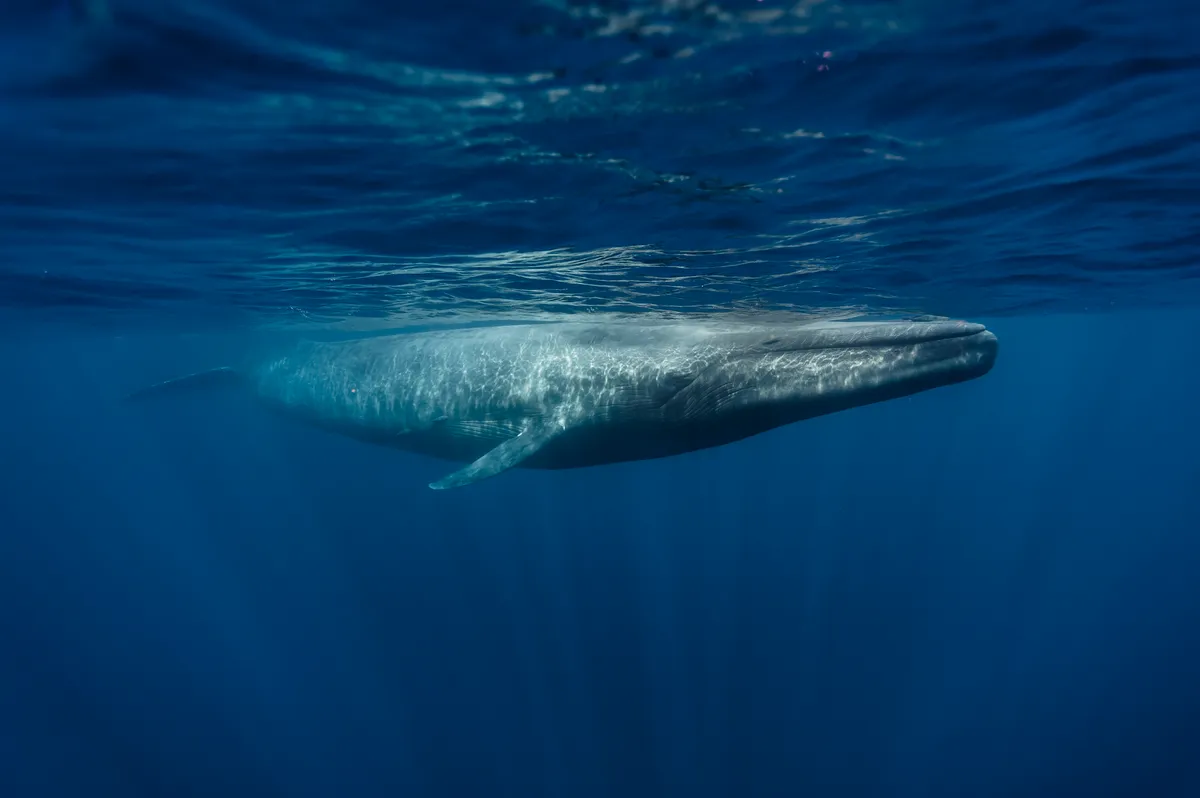
The call of the blue whale can reach 180 decibels, which is as loud as a jet plane, making it a world-record holder. Baleen whales (of which the blue whale is one) sing and communicate to each other with low frequency moans and growls that also travel further than any other call in the animal kingdom – thousands of kilometres across the oceans.
What is the largest bumblebee in Britain?
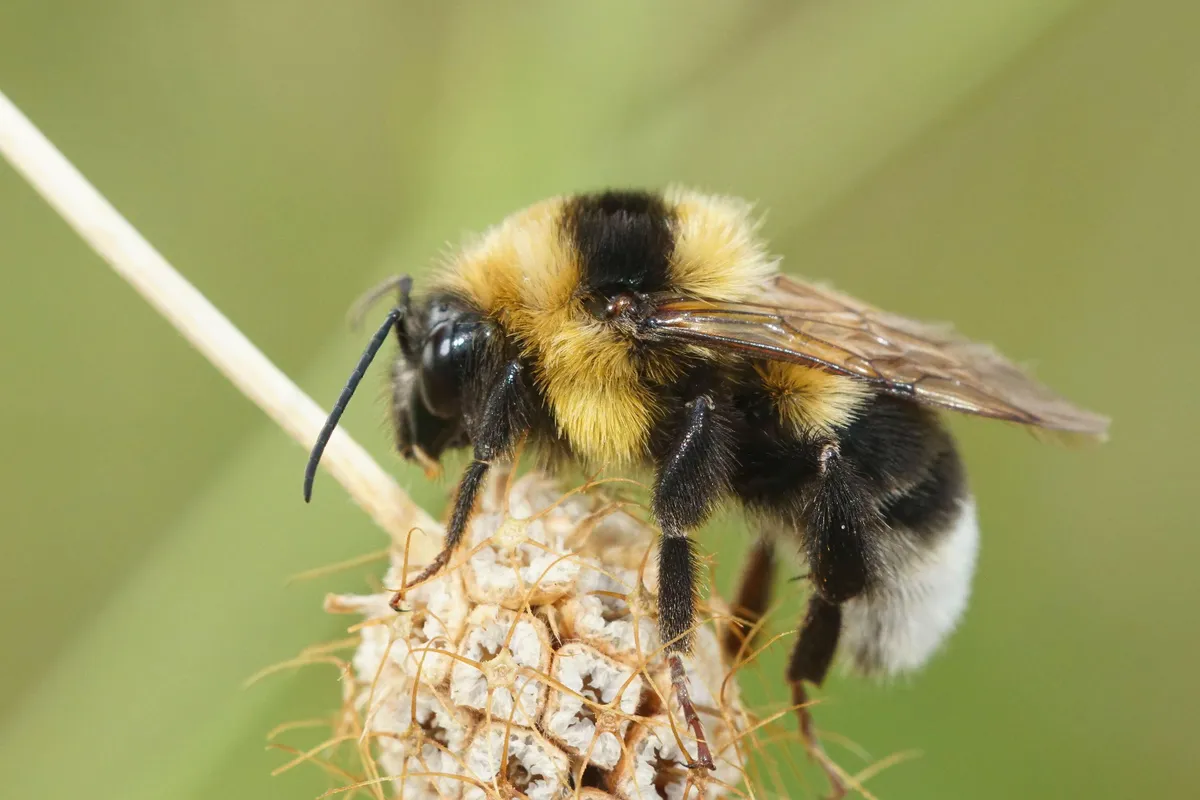
This honour reputedly goes to the aptly named large garden bumblebee (Bombus ruderatus) – but only by a smidge: the queens of several other species are barely 1mm smaller. Once common in the UK, The large garden bumblebee now has a patchy distribution across the southern half of the country, mainly buzzing around the Fens, Cambridgeshire and the East Midlands.
What is the world's largest freshwater fish?

Until recently, this record was held by a Mekong giant catfish, but in June this year a Cambodian fisherman caught a female giant freshwater stingray which claimed the title. She measured a remarkable 3.98m in length (tail included) and 2.2m in width, weighing 300kg. She was named ‘Boramy’, which means ‘full moon’ in the local Khmer language, and she was tagged and released back into the river.
Find out how to photograph freshwater fish here.
